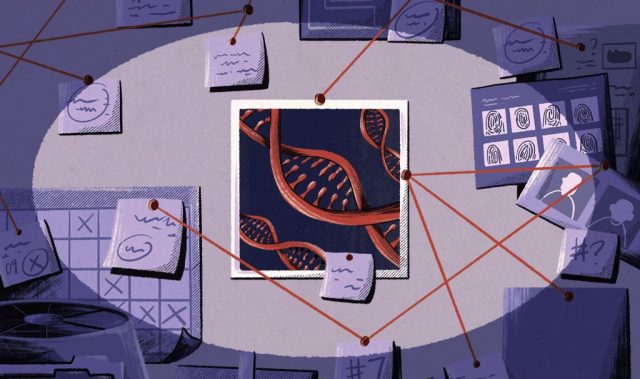
AsianScientist (Nov. 20, 2013) – An international team of researchers studying the link between vision loss and Alzheimer’s disease have discovered that the loss of a particular layer of retinal cells may reveal the disease’s presence and provide a new way to track disease progression.
The researchers, from Georgetown University Medical Center (GUMC) and the University of Hong Kong, examined retinas from the eyes of mice genetically engineered to develop Alzheimer’s disease (AD). They presented their findings at Neuroscience 2013, the annual meeting of the Society for Neuroscience.
“The retina is an extension of the brain so it makes sense to see if the same pathologic processes found in an Alzheimer’s brain are also found in the eye,” explains R. Scott Turner, director of the Memory Disorders Program at GUMC. “We know there’s an association between glaucoma and Alzheimer’s in that both are characterized by loss of neurons, but the mechanisms are not clear.”
Most of the research to date examining the relationship between glaucoma and Alzheimer’s has focused on the retinal ganglion cell layer, which transmits visual information via the optic nerve into the brain. Before that transmission happens, though, the retinal ganglion cells receive information from another layer in the retina called the inner nuclear layer.
In their study, the researchers looked at the thickness of the retina, including the inner nuclear layer and the retinal ganglion cell layer. They found a significant loss of thickness in both. The inner nuclear layer had a 37 percent loss of neurons and the retinal ganglion cell layer a 49 percent loss, compared with healthy, age-matched control mice.
In humans, the structure and thickness of the retina can be readily measured using optical coherence tomography. Turner says this new tool is increasing finding applications in research and clinical care.
“This study suggests another path forward in understanding the disease process and could lead to new ways to diagnose or predict Alzheimer’s that could be as simple as looking into the eyes,” said Turner. “Parallel disease mechanisms suggest that new treatments developed for Alzheimer’s may also be useful for glaucoma.”
——
Source: University of Hong Kong; Photo: Mikleman/Flickr/CC.
Disclaimer: This article does not necessarily reflect the views of AsianScientist or its staff.












